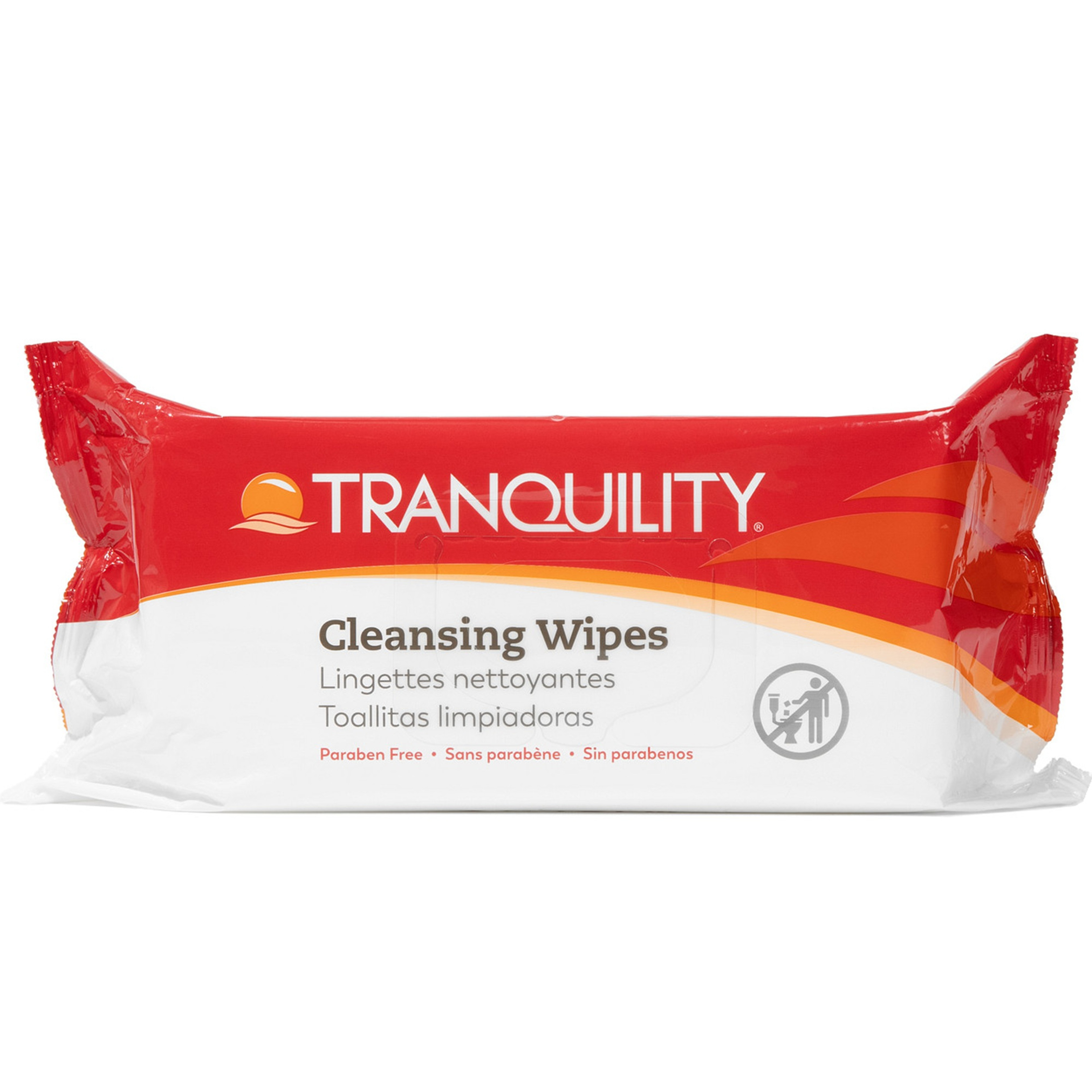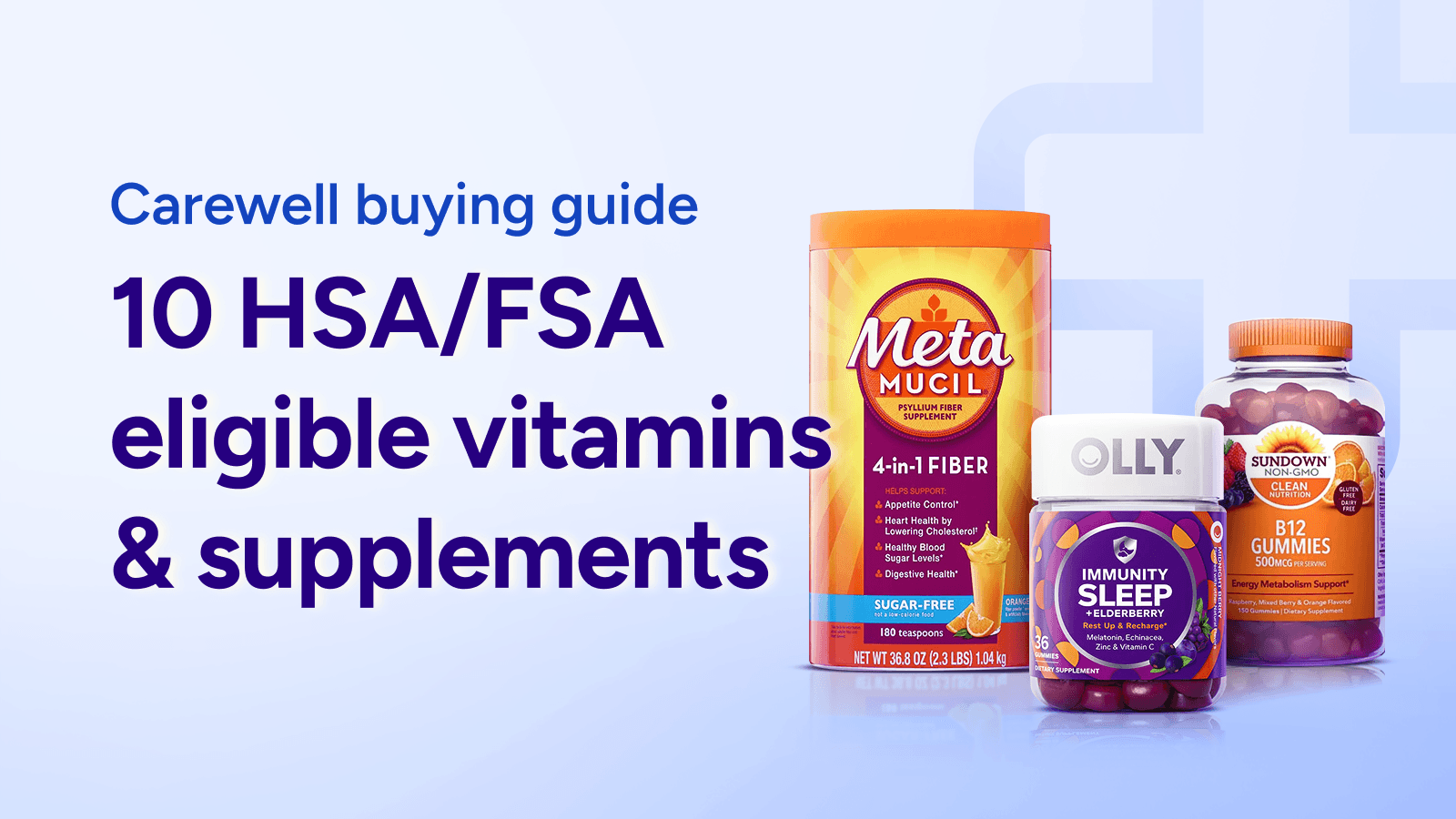If your family has recurring medical expenses, you’ve probably considered investing in a tax-advantaged account, like a health savings account (HSA) or a flexible spending account (FSA). Both HSAs and FSAs can help you save money on medical care and supplies, but each has distinct differences. To learn more, we connected with several financial experts. Here, we compare and contrast HSAs and FSAs and provide tips for shopping with either.
What are HSAs and FSAs?
HSAs and FSAs are special savings accounts for people with health insurance. They let you dedicate a specific amount of your income to health care, resulting in significant tax savings. Here’s a breakdown:
Health Savings Account (HSA)
“An HSA is only open to those who have a high deductible health plan (HDHP),” explains Scott Lieberman, a former financial journalist who now serves as a financial coach at Touchdown Money. “The individual owns [the account] and can make withdrawals, adjust contributions, and roll over their funds from year to year.”
The IRS adjusts the terms for HDHPs annually. Currently, an insurance plan is considered an HDHP if the deductible is at least $1,600 for an individual or $3,200 for a family. The maximum allowable out-of-pocket spending is $8,050 for single coverage and $16,100 for family coverage.
Since these out-of-pocket costs are steep, many people with HDHPs invest in HSAs to relieve some of the financial burden. In 2024, the HSA contribution limit is $4,150 for individuals and $8,300 for families. This means you can deduct up to but no more than these amounts when filing taxes.
Flexible Spending Account (FSA)
“An FSA is like a special account for healthcare costs, too,” says Aaron Cirksena, a financial planner and the founder and CEO of MDRN Capital. “You can put money into it before taxes, which helps lower your tax bill.” Similar to HSAs, you can use FSA funds to pay for various medical needs, including doctor’s visits, medications, and other supplies.
Like HSAs, FSAs have contribution limits. In 2024, anyone with an FSA can contribute $3,200 through payroll deductions. If your spouse also participates in an FSA through their employer, they can contribute $3,200 as well, resulting in a household total of $6,400.
What’s the difference between an HSA and an FSA?
All of this financial talk can be somewhat confusing. To make things more clear, we’ve highlighted the main differences between HSAs and FSAs below.
HSA:
Unused funds can be rolled over year after year. This lets you build savings for future medical expenses.
You can invest the money. Similar to a traditional savings account, an HSA collects compound interest.
You must have a high-deductible health plan (HDHP)
You can use an HSA whether you work for someone or are self-employed.
FSA:
Most FSAs are “use it or lose it,” meaning they require you to spend all of the money in your account within the plan year.
You can’t invest the money in an FSA like you can with an HSA. The funds don’t accrue interest; what you contribute is what you get.
You can open an FSA with any health insurance plan, including a low-deductible one.
Self-employed people aren’t eligible for FSAs. You can only access this type of savings account through an employer.
HSA vs FSA: Pros and cons
HSAs and FSAs each come with their own set of pros and cons. We listed out some of the ones you may want to consider when deciding which option is best for you.
HSA Pros
With an HSA, the money is always yours. You can use it for current medical expenses, or save it for future retirement needs, regardless of whether you have an employer or are self-employed.
HSA Cons
On the other hand, HSAs require you to have a high deductible health care plan (HDHP), which can be costly, especially if you have known medical expenses and/or want a low-deductible health insurance plan.
FSA Pros
The biggest advantage of an FSA is that you have multiple health insurance options. You don’t have to have a high deductible plan to use this benefit.
FSA Cons
You must use the funds in your account within the plan’s calendar year or they will be lost. Some employers allow a grace period of a month or two, but this is the exception, not the rule. In addition, not every employer offers an FSA, so depending on your job, it might not be an option.
What types of medical expenses can an HSA or FSA pay for?
HSAs and FSAs both cover various medical expenses, including:
Deductibles
Copayments
Coinsurance
Dental care
Eye care
Over-the-counter (OTC) and prescription medications
Medical supplies (e.g., hearing aids, crutches, first-aid, and incontinence products)
To make things easier for customers like you, we’ve included an FSA & HSA eligible distinction on qualifying products on Carewell.com.
Are HSA/FSA eligible products less expensive than non-eligible products?
HSA and FSA-eligible products aren’t less expensive overall. However, they can be purchased with the tax-free funds in your HSA or FSA account, which ultimately results in savings.
For instance, people with FSAs typically save an average of 30% on all medical expenses. So, if you normally spend $100 on supplies, it ends up being about $70 instead.
Alternatively, if you have an HSA, each dollar you invest reduces your taxable income. For example, if your tax rate is 20% and you contribute the maximum for an individual ($4,150), you could see up to $830 in tax savings for the year.
How to shop HSA and FSA-eligible products on Carewell.com
Step 1: Browse or Search Begin by either searching for the specific product you need or hovering over the "Shop Buy" tab on the upper left side of the home page to select a product category (e.g., Incontinence & Toileting).
Step 2: Check Individual Products As you browse the product results, look directly on the product card. Eligible items are clearly marked and highlighted in blue with the text "FSA & HSA eligible."
Step 3: Filter the Entire Category (Optional) If you want to view only eligible products, scroll down the page and look at the filters on the left side of the screen. Click the filter labeled "FSA/HSA Eligible" to instantly sort the entire category, showing only those products you can purchase with your plan.
Step 4: Complete Your Purchase Fill your shopping cart with the eligible items you need. Check out as usual, but use the FSA/HSA card issued by your insurance provider to make the payment, rather than a traditional credit or debit card.
5 of our Favorite HSA/FSA eligible items on Carewell.com
Below, we’ve highlighted 5 of our best-selling HSA/FSA-eligible products.
1. Carewell Incontinence Underwear Overnight & Heavy Full Coverage Fit
Our private-label incontinence underwear was created using real customer feedback. It’s unisex, made to manage moderate to heavy urinary incontinence symptoms, and features a discreet, comfortable design.
Key Benefits & Features:
Pull on style locks away up to 4.5 cups of liquid for all-night comfort
Extra-wide absorbent core protects against leaks for side, back, and stomach sleepers
Made in Italy
2. Tranquility Premium Cleansing Wipes
Skin-friendly wipes are a must if you or your loved one have incontinence. Tranquility’s premium cleansing wipes are free of irritants and formulated to care for even the most sensitive skin. Each wipe is infused with aloe vera, vitamin E, and chamomile to reduce redness and inflammation and prevent infection.
Key Benefits & Features:
Wipes are extra large to handle any-size cleanup with ease
Each wipe is soft and clothlike and stretches and folds without tearing
Each pack contains 56 wipes
3. Vicks VapoRub Cough Suppressant Topical Analgesic Ointment
Vicks VapoRub is synonymous with cough and nasal congestion relief. The product can also be applied to stiff, achy joints to reduce pain and promote mobility.
Key Benefits & Features:
Lemon scent
Contains camphor, eucalyptus oil, and menthol
Can be used to relieve bronchial irritation, coughs, achy joints, and congestion
4. Claritin 24-Hour Indoor and Outdoor Allergy Tablet, 20 Tablets
Stock up on Claritin if you or your loved one are some of the more than 100 million Americans who suffer from allergies. Taking just one 10 mg pill in the morning provides up to 24 hours of allergy relief.
Key Benefits & Features
Relieves symptoms triggered by more than 200 allergens
Helps manage common allergy-related symptoms, including runny nose, sneezing, and itchy, watery eyes
Non-drowsy
5. MEDIHONEY Wound Paste
MEDIHONEY is essential for anyone living with acute or chronic wounds, such as lacerations and diabetic ulcers. The paste contains 100% active Leptospermum or Manuka honey, renowned for its healing properties.
Key Benefits & Features:
Non-toxic, natural, and safe
Maintains effectiveness even in the presence of wound fluid, blood, and tissue
Maintains a low pH of 3.5-4.5 which promotes faster wound healing
Have questions about FSA or HSA-eligible products? Contact us!
If you’ve never used an FSA or HSA to shop for caregiving supplies, you likely have questions. Our friendly Care Team is here to help. Contact them anytime by calling (800) 696-CARE or sending an email to support@carwell.com.







